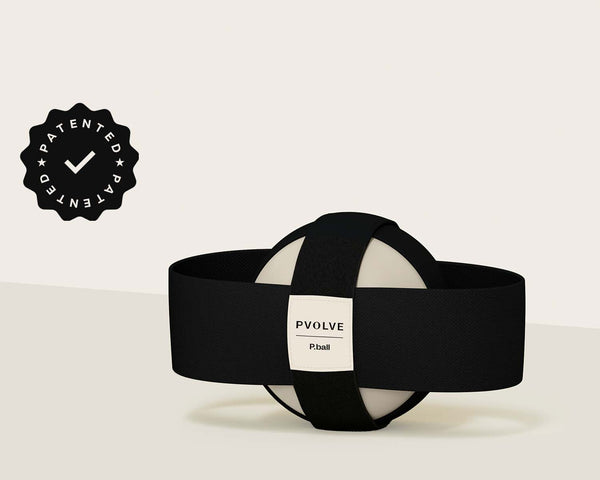Did you know that sciatica is a symptom and not a condition itself? Sciatica is experienced as pain, tingling, numbness or a shooting sensation down the leg when there is pressure on the sciatic nerve. The two most common reasons for pressure on the sciatic nerve are herniated discs or piriformis syndrome, but pregnancy, muscle spasms and general immobility can also cause this pain.
Every day, natural movements and physical therapy are often prescribed to heal sciatic nerve pain, but our functional exercises can help further heal these areas while still providing an energizing, sculpting workout.
Work in a neutral spine
If you are suffering from sciatica caused by a herniated disc in your lower back, you want to make sure that you always maintain a long lower back, otherwise called a “neutral spine”. A neutral spine means you maintain the natural curvature in your spine without allowing for any arching or rounding to keep your natural alignment. Use your lower abs by pulling in and up to help support your lower back and prevent overarching. A herniated disc causes the cushioning between your vertebrae to push back on your spine and so rounding or arching your lower back will only increase that pressure which is why we need to avoid these movements. During Pvolve workouts, always be sure to use the p.stance position at top of mind to avoid pressure on the lower back: hinge at your hips, keep your abs pulled in, and keep your lower back in a neutral position.
Stretching is key
If you have piriformis syndrome, which is when the piriformis muscle in the glutes spasm and cause pain, there’s no better area to focus on than the outer glutes. Stretches such as pigeon, lizard, butterfly, figure four and others that stretch this area are great ways to relieve some of the pain. Keep in mind that with these stretches, you’ll want to keep that same neutral spine we already discussed. Check out the Recover & Stretch section of our streaming platform to get started.
Improve your posture
When working with disc herniations, keeping your posture strong will help you avoid the arching and rounding through your natural curvature. Work to keep your shoulders above your hips, chest open, and length through the lower back curvature to stand tall and allow the body to fall into its natural alignment.
Avoid twisting
If working with a disc herniation, avoid major twists and rotations of the spine to avoid further compressing into the vertebrae. Every Pvolve movement can be modified accordingly.
Go slow and take breaks as needed
Listen to your body! If you are experiencing a flare up, that may mean it’s time to rest and recover. Slow movements down or keep the movements smaller so you can work within a more comfortable range. Your body gives you the information you need, sometimes it’s about listening to its signals!







































